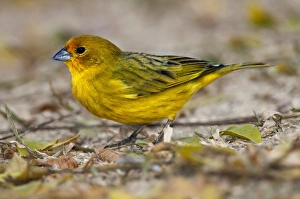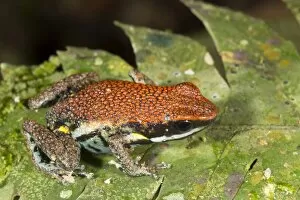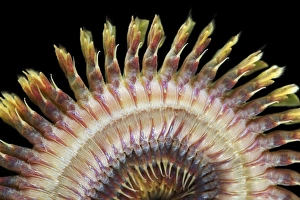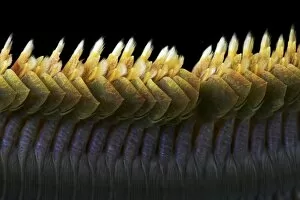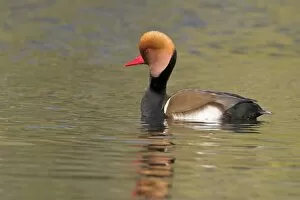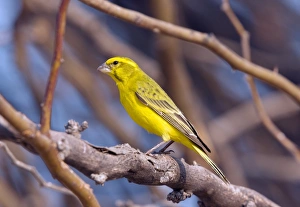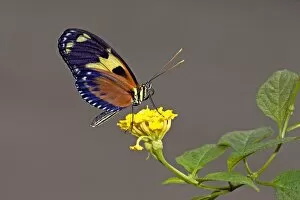Brightly Coloured Collection (page 4)
"Vibrant Hues: Exploring the World Art and Nature" Immerse yourself in a world of vivid colors as we delve into the realm of "brightly coloured
All Professionally Made to Order for Quick Shipping
"Vibrant Hues: Exploring the World Art and Nature" Immerse yourself in a world of vivid colors as we delve into the realm of "brightly coloured. " From captivating artworks to mesmerizing creatures, this caption celebrates the beauty that bursts forth in an array of hues. In 1907, an oil on canvas masterpiece titled "Blue Vase with Oranges" captures our attention. The vibrant blue vase juxtaposed against the oranges creates a striking contrast that ignites our senses. Nature's own artist presents us with another spectacle – the red-eyed tree frog. Its radiant green body adorned with bright red eyes is nature's way of painting a living work of art. Venturing into scientific marvels, we encounter a Bose-Einstein condensate simulation. This experiment showcases how particles merge and form an ethereal cloud-like structure, reminiscent of brightly colored nebulae in distant galaxies. Diving beneath azure waters, we discover the rusty parrotfish. With its iridescent scales shimmering like precious gemstones, it adds a burst of color to aquatic landscapes teeming with life. Returning to artistic creations, we find ourselves captivated by Henri Matisse's "Bouquet of Flowers. " Painted around 1930, this oil on canvas piece radiates joy through its bold and lively palette. A delicate balance between elegance and vibrancy is found within Vincent van Gogh's "Vase with Red Tulips. " The scarlet blooms pop against their surroundings while exuding both passion and serenity simultaneously. Moving forward in time but not lacking in brilliance, we stumble upon Anemones in Green Pitcher by Émile Bernard from around 1940. The vivid green vessel holds these delicate flowers like jewels amidst lush foliage—a testament to nature's ability to create breathtaking compositions even outside canvases' confines.




